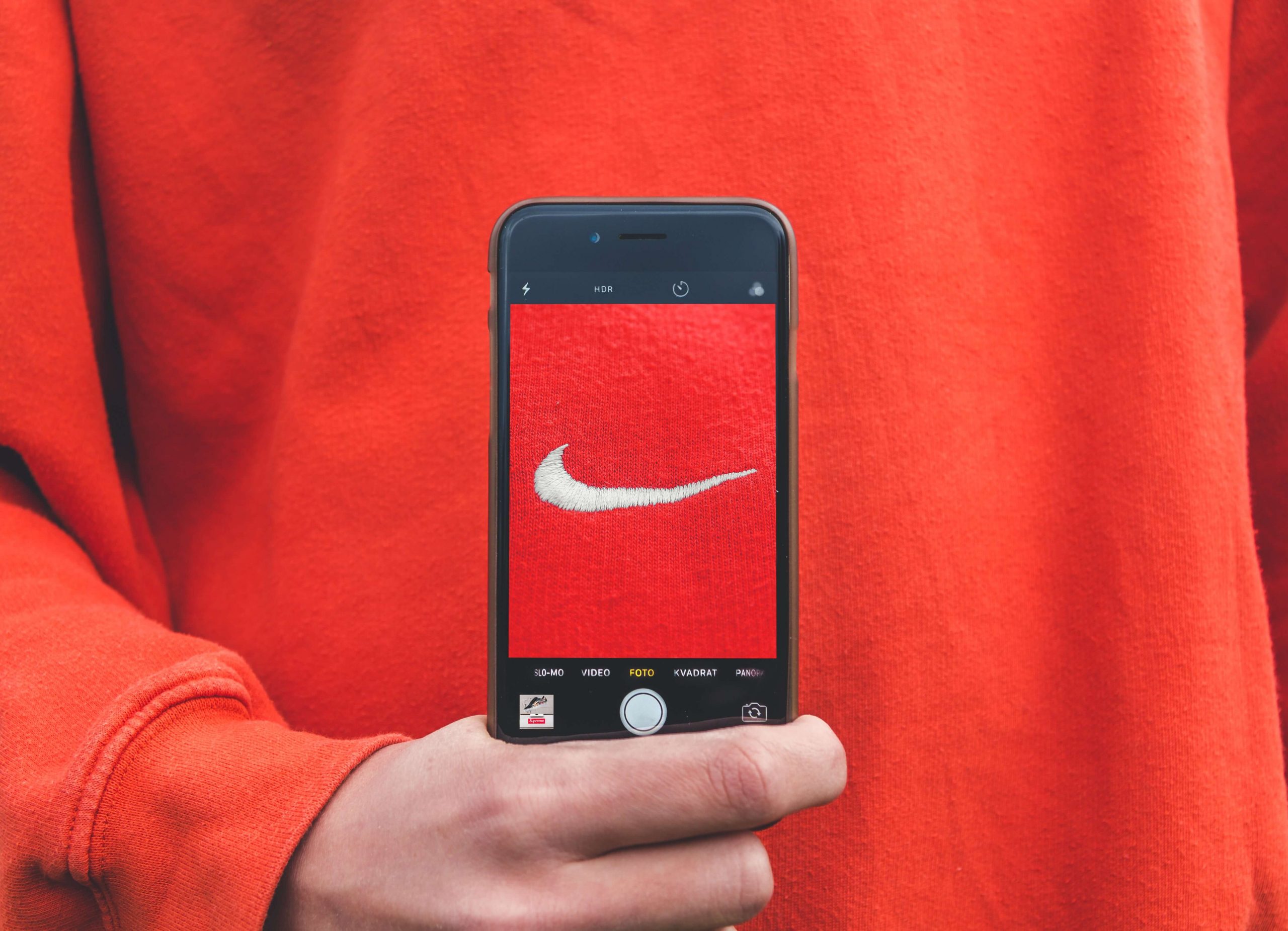


The word ‘Shell’ first appeared in 1891, as the trademark for kerosene shipped to the Far East. In the early 1900s, the Pecten seashell emblem first appeared. It was an unimpressive inked mollusc shell drawing.
In 1948, the first splash of colour was introduced during the construction of Shell’s first service stations in California. The red and yellow hues are reminiscent of the colours of Spain, where many early Californian settlers were born.
Since then, Shell’s logo has undergone many changes to become what it is today – sophisticated and elegant, with distinctive colours that uniquely represent the oil and gas multinational company. Notice they no longer use the Shell name on the logo – that is powerful brand evolution!

The 1976 original logo was designed by Ronald Wayne who started Apple with Steve Jobs and Steve Wozniak. It was an illustration of Sir Issac Newton leaning against an apple tree and a part of a William Wordsworth poem.
With Wayne gone after he sold his share and forfeited any potential future claim against the new company, Steve Jobs turned to Regis McKenna Advertising Agency to create a new logo. He thought that the original version was too cerebral and he wanted to focus more on the apple. It resulted in the iconic Rainbow Apple logo with a ‘bite’ that was purposefully implemented to emphasise that it is an apple and NOT a tomato.
In 1997, Jobs wanted to put the Apple logo in all their products but thought to place a large rainbow Apple logo on top of the original Bondi Blue iMac, for example, would look childish. So in 1998, they used monochrome styled logos and gave Apple a more modern look and greater flexibility when it comes to branding.


Named after founder John Cadbury, the Cadbury chocolate company started in 1824 in the United Kingdom. First appearing in 1921, the script logo was based on the then-Director William Cadbury. The logo wasn’t added to the chocolate bars until 1960. Cadbury has undergone minimal brand changes over the years, with all updates keeping to the familiar signature-style look.
Now, after 50 years, Cadbury has redesigned the logo, and according to the company, it is “elevated, authentic, high quality.
I feel the change looks childish, and they have lost the elegance of the previous design. It says so much about a brand’s longevity when it has stood the test of time for 50 years without a dramatic redesign. I would have done just a minor refresh of the brand, taking into consideration techniques developed over the last 50 years.
The brand and logo design of a company is more than design elements put together. Behind the imagery, the colours, typography, and many design changes is a story that catapults the success of these well-known companies.
How will your brand look in 10 years?
[1] By The Coca-Cola Company – Brands of the World, Public Domain, https://commons.wikimedia.org/w/index.php?curid=2270970
[2] By Unknown author – Shell official website, Public Domain, https://commons.wikimedia.org/w/index.php?curid=30600597
[3] By Original: Rob Janoff – https://www.apple.com/ac/globalnav/2.0/en_US/images/ac-globalnav/globalnav/apple/image_large.svg, Public Domain, https://commons.wikimedia.org/w/index.php?curid=10472152
[4] By Carolyn Davidson – Here, Public Domain, https://commons.wikimedia.org/w/index.php?curid=94766824
[5] By Mondelez International – Source, Public Domain, https://commons.wikimedia.org/w/index.php?curid=89957511